目录
- SpringBoot依赖注入的三种方式js
- 1.使用 XML 配置依赖注入
- 2.使用 Java 配置类实现依赖注入
- 3.使用注解来进行依赖注入
SpringBoot依赖注入的三种方式
1.使用 XML 配置依赖注入
在 Spring Boot 中,使用 XML 配置依赖注入(DI)时,需要使用<bean>元素来定义 bean,并使用<property>元素来为 bean 的属性注入值或依赖对象。
以下是一个简单的示例:
- 在src/main/resources目录下创建applicationContext.xml文件。
- 在该文www.devze.com件中定义一个 testBean bean,并注入一个 String 类型的属性name和一个 UserService 类型的依赖对象。
&l开发者_开发入门t;?xml version="1.0" encoding="UTF-8"?> <beans xmlns="http://www.springframework.org/schema/beans" xmlns:xsi="http://www.w3.org/2001/XMLSchema-instance" xsi:schemaLocation="http://www.springframework.org/schema/beans http://www.springframework.org/schema/beans/spring-beans.xsd"> <bean id="testBean" class="com.example.demo.TestBean"> <property name="name" value="小明"/> <property name="userService" ref="userService"/> </bean> <bean id="userService" class="com.example.demo.UserService"/> </beans>
- 在 TestBean 类中声明一个 name 属性和一个 UserService 的依赖:
public class TestBean {
php private String name;
private UserService userService;
//setter和getter方法省略
}
- 在启动类中调用 ApplicationContext 的构造函数并传入
applicationContext.xml文件的路径,然后通过 getBean 方法获取 TestBean 实例,并访问它的属性和方法:
public class DemoApplication {
public static void main(String[] args) {
ApplicationContext context = new ClassPathXmlApplicationContext("applicationContext.xml");
TestBean testBean = (TestBean)context.getBean("testBean");
String name = testBean.getName();
UserService userService = testBean.getUserService();
//使用testBean和userService进行其他操作
}
}
这样就完成了 Spring Boot 中使用 XML 配置依赖注入的过程。需要注意的是,在 Spring Boot 中,官方推荐使用 JavaConfig(基于 Java 类的配置方式)或注解(Annotation)来进行依赖注入,因为它们更加方便和易于维护。
2.使用 Java 配置类实现依赖注入
使用 Java Config 实现依赖注入可以通过@Configuration和@Bean注解来实现。
以下是一个简单的示例:
- 创建一个配置类,并使用@Configuration注解标记,定义两个 Bean:
import org.springframework.context.annotation.Bean;
import org.springframework.context.annotation.Configuration;
@Configuration
public class AppConfig {
@Bean
public TestBean testBean() {
return new TestBean("小明");
}
@Bean
public UserService userService() {
return new UserServiceImpl();
}
}
- 定义 TestBean 类,并在该类中声明一个 name 属性:
public class TestBean {
private String name;
public TestBean(String name) {
this.name = name;
}
public String getName() {
return name;
}
public void setName(String name) {
this.name = name;
}
}
- 定义 UserService 接口和它的实现类 UserServiceImpl:
public interface UserService {
void addUser();
}
public class UserServiceImpl implements UserService {
@Override
public void addUser() {
System.out.println("Add user success");
}
}
- 在启动类中使用 Annotatio编程客栈nConfigApplicationContext 获取配置类对象,然后使用
getBean()方法获取 TestBean 和 UserService 实例:
import org.springframework.context.ApplicationContext;
import org.springframework.context.annotation.AnnotationConfigApplicationContext;
public class DemoApplication {
public static void main(String[] args) {
ApplicationContext context = new AnnotationConfigApplicationContext(AppConfig.class);
TestBean testBean = context.getBean(TestBean.class);
String name = testBean.getName();
UserService userService = context.getBean(UserService.class);
userService.addUser();
}
}
这样就完成了使用 JavaConfig 实现依赖注入的过程。需要注意的是,JavaConfig 等价于 XML 配置文件,但是 JavaConfig 更加的面向对象,更加灵活,更加易于维护。
3.使用注解来进行依赖注入
可以使用注解来进行依赖注入,常用的注解有@Autowired和@Qualifier。
以下是一个简单的示例:
- 定义一个 Service 类,使用@Autowired注解注入TestBean:
import org.springframework.beans.factory.annotation.Autowired;
import org.springframework.stereotype.Service;
@Service
public class Service {
@Autowired
private TestBean testBean;
public String getName() {
http://www.devze.com return testBean.getName();
}
}
- 定义 TestBean 类,测试注入是否成功:
import org.springframework.stereotype.Component;
@Component
public class TestBean {
private String name = "小明";
public String getName() {
return name;
}
public void setName(String name) {
this.name = name;
}
}
- 在启动类中使用 AnnotationConfigApplicationContext 获取配置类对象,然后使用
getBean()方法获取 Service 实例:
import org.springframework.context.ApplicationContext;
import org.springframework.context.annotation.AnnotationConfigApplicationContext;
public class DemoApplication {
public static void main(String[] args) {
ApplicationContext context = new AnnotationConfigApplicationContext(AppConfig.class);
Service service = context.getBean(Service.class);
System.out.println(service.getName());
}
}
运行启动类,可以看到控制台输出:
小明
这样就完成了使用注解进行依赖注入的过程。需要注意的是,使用注解可以使代码更加简洁、易于阅读和维护,但是需要注意注解的使用和作用范围。
以上就是SpringBoot依赖注入的三种方式的详细内容,更多关于Java SpringBoot依赖注入的资料请关注我们其它相关文章!

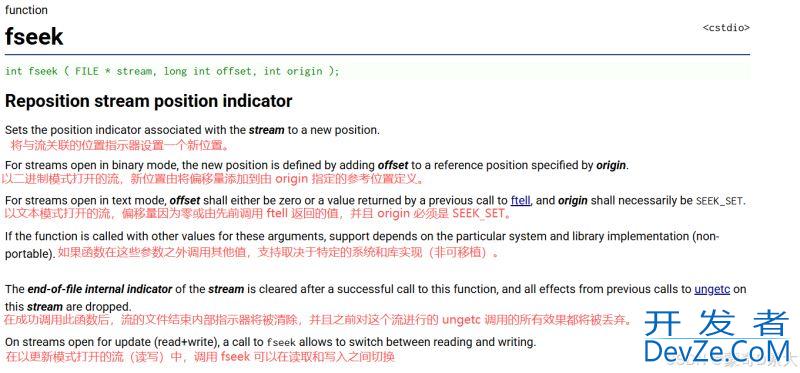

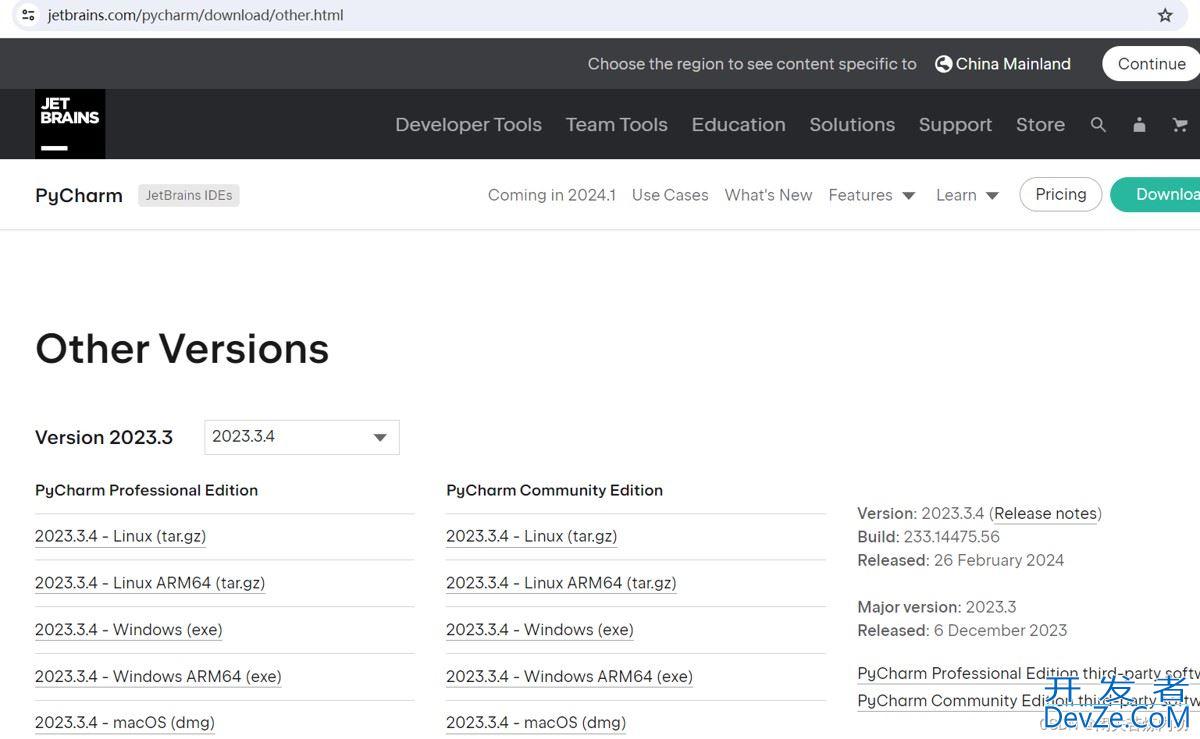
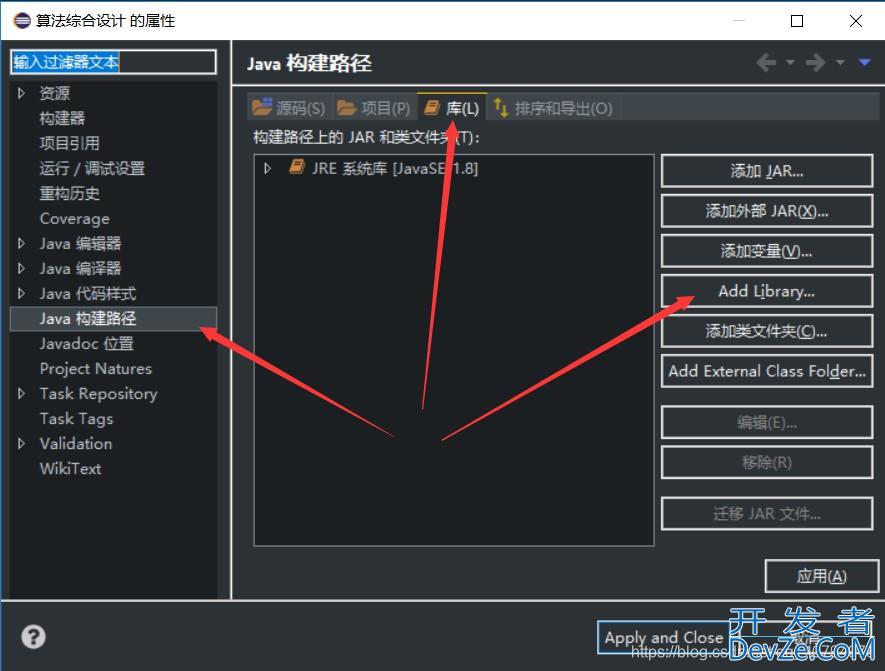
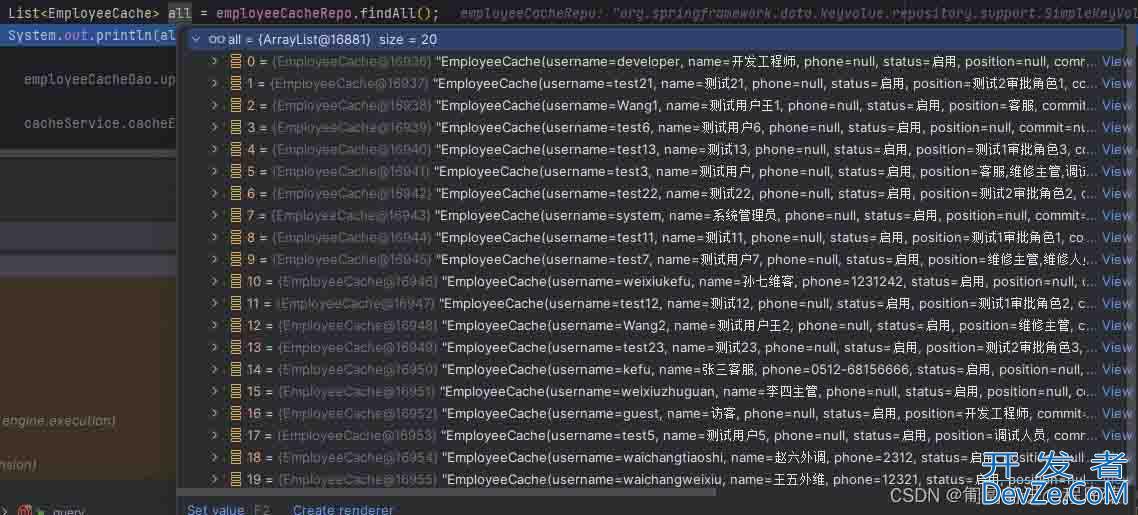
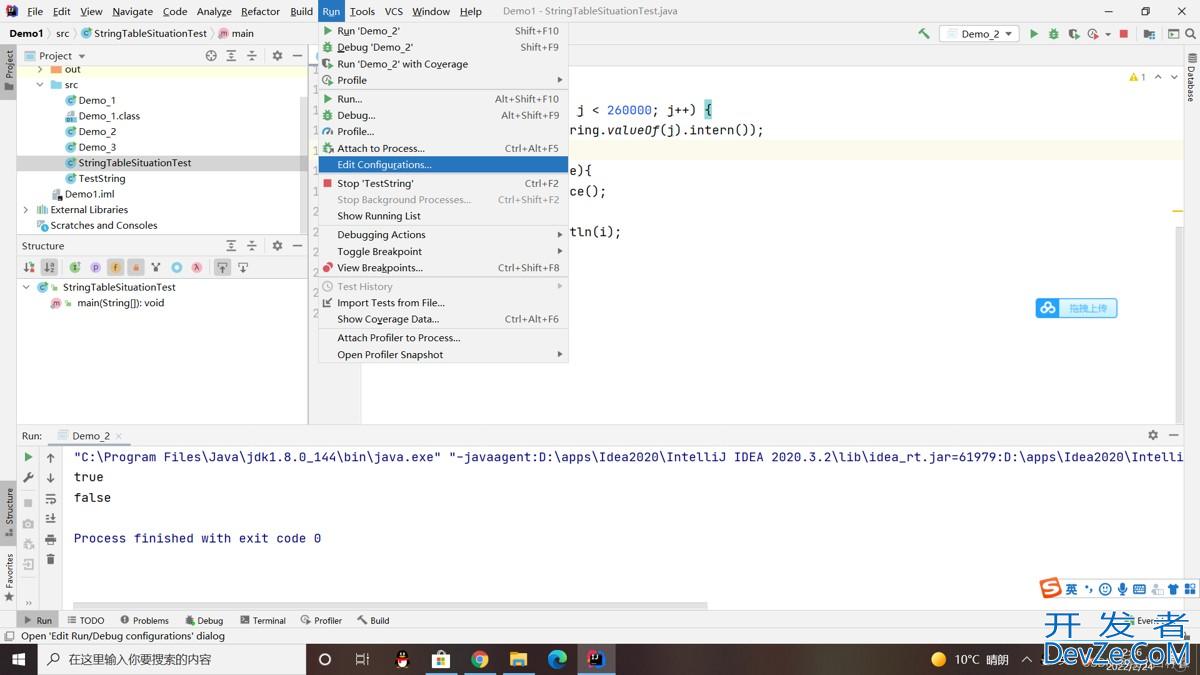
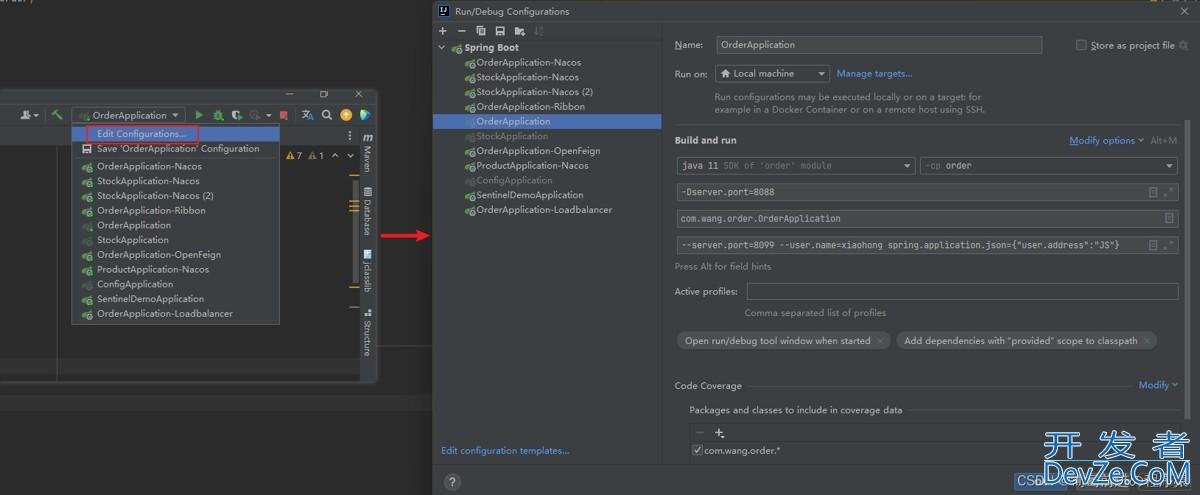
 加载中,请稍侯......
加载中,请稍侯......
精彩评论